-
Highlight
Stevioside 99% plant extract
,Hedyotis diffusa glycoside extract
,Pure Stevioside extract CAS 57817-89-7
-
Product NameStevioside
-
CAS57817-89-7
-
Purity99.9%
-
AppearanceLiquid
-
Shelf Life2 Years
-
MOQ5KG
-
PackingFoil Bag,Bottled,Drum,Carton,Container
-
QualityNatural Raw Materials, Safe And Harmless, No Addition
-
EINECS260-975-5
-
Place of OriginShaanxi, China
-
Brand NameBaisfu
-
CertificationStevioside
-
Model Number57817-89-7
-
Minimum Order Quantity5kg
-
Price72.59USD
-
Packaging DetailsFoil bag,Bottled,Drum,Carton,Container
-
Delivery Time10-15 work days
-
Payment TermsT/T,Western Union,D/P,L/C
-
Supply Ability20,000 kilograms a month
Stevioside 99% extract, Hedyotis diffusa glycoside, CAS 57817-89-7
Steviol glycosides are natural glycoside sweeteners extracted from the dried leaves of Stevia rebaudiana, a plant in the genus Stevia of the Asteraceae family, through processes such as water extraction and purification. Their core components are various steviol glycoside derivatives. Characterized by high sweetness and low calories, they are well-suited for healthy sugar control and are widely used in the food, beverage, and daily chemical industries, serving as a classic natural sweetener alternative to sucrose.
Chemical Composition: Not a single compound, but primarily composed of Stevioside and Rebaudioside A (RA) (totaling 70%-90%), along with more than 8 other glycoside derivatives such as Rebaudioside C, D, F, and Dulcoside A. All components contain a tetracyclic diterpenoid skeleton and a glucose moiety; commercial products typically have a purity ≥90% (food grade).
Physical Properties: At room temperature, it is a white or pale yellow powder, odorless or with a slight characteristic plant odor, sweet with a slightly bitter taste (RA has a milder bitterness); its sweetness is approximately 150-300 times that of sucrose, increasing with concentration; readily soluble in water and ethanol, its aqueous solution is neutral; it has good heat resistance, maintaining its sweetness in processing environments below 100℃ and is not easily decomposed.
Chemical properties: Highly stable, it can exist stably in the pH range of 3-10, and is resistant to acids and alkalis, baking, and pasteurization; it is non-reducing, does not participate in the Maillard reaction, and will not cause browning of products; it has good compatibility with proteins, sugars, vitamins, and other components, and is not prone to chemical reactions.
| Product Name | Glucosyl steviol glycoside |
| CAS | 91722-21-3 |
| EINECS | 260-975-5 |
| Type | Food Flavors |
| Brand Name | BAISIFU |
| Appearance | Power |
| Shelf Life | 2 years |
| MOQ | 5KG |
| Origan | Shaanxi,China |
| Purity | 99% |
| Packing | Foil bag,Bottled,Drum,Carton,Container |
| Storage | Sealed in dry,Room Temperature |
-
Food Industry
Baked Goods: Used in cakes, cookies, bread, pastries, etc., replacing some or all of the sucrose, reducing calories while maintaining sweetness, without affecting the color, fluffiness, and taste of the baked product.
Confectionery and Dairy Products: Used in hard candies, soft candies, chocolates, yogurt, ice cream, dairy beverages, etc., imparting a pure sweetness, reducing sucrose usage, suitable for low-calorie and sugar-free food positioning; highly compatible with dairy products, without compromising the milky flavor.
Snack Foods: Used in candied fruits, dried fruits, jellies, potato chips, nuts, etc., replacing sucrose or high-fructose corn syrup, improving product sweetness, reducing calorie intake, and meeting the demand for healthy snacks.
-
Beverage Industry
Sugar-Free Beverages: Widely used in carbonated beverages, fruit juices, tea beverages, coffee beverages, plant-based protein beverages, etc., as a core sweetener to create "0 sugar, 0 calories" products, with a taste close to sucrose, and high consumer acceptance.
-
Highly beneficial for health and suitable for diverse populations: It is virtually calorie-free (the body cannot metabolize its glycosides), significantly reducing product calories as a sucrose substitute without affecting blood sugar fluctuations or causing tooth decay. Suitable for diabetics, obese individuals, those controlling their blood sugar, and general consumers, it aligns with the market trend of "healthy eating and sugar reduction/control."
-
High sweetness with controllable cost: 150-300 times sweeter than sucrose, a small amount is sufficient to achieve the desired sweetness, and the unit cost is far lower than sucrose. It can be blended with sucrose, fructose, maltitol, erythritol, etc., masking its slight bitterness and reducing the overall amount of sweetener used, further controlling production costs.
-
Natural and safe with strong compliance: Derived from natural plant extracts, it is a natural food additive, complying with the usage standards of most countries and regions worldwide, including GB 2760, FDA, and EFSA. Non-toxic, non-allergenic, and biocompatible, it is safe for long-term use within the prescribed dosage, with no significant side effects.
- It has wide adaptability and excellent processing performance: it is resistant to temperature, acid and alkali and various food processing techniques, and is suitable for baking, boiling and sterilization. It is easily soluble in water and common solvents and can be well compatible with various product systems such as food, beverages and pharmaceuticals without affecting the original texture, taste and shelf life of the product.

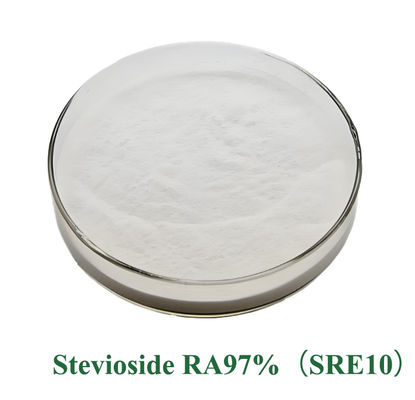
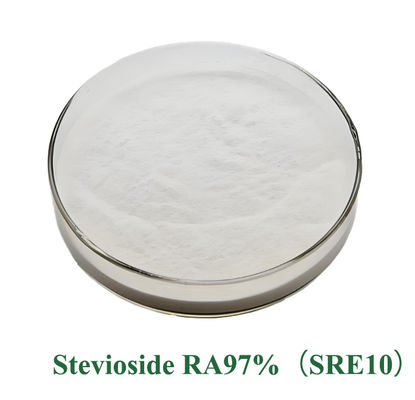
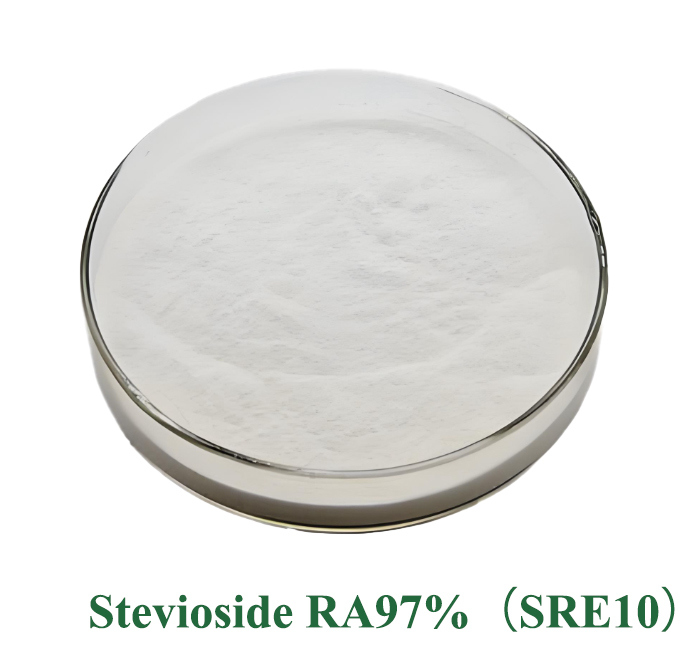
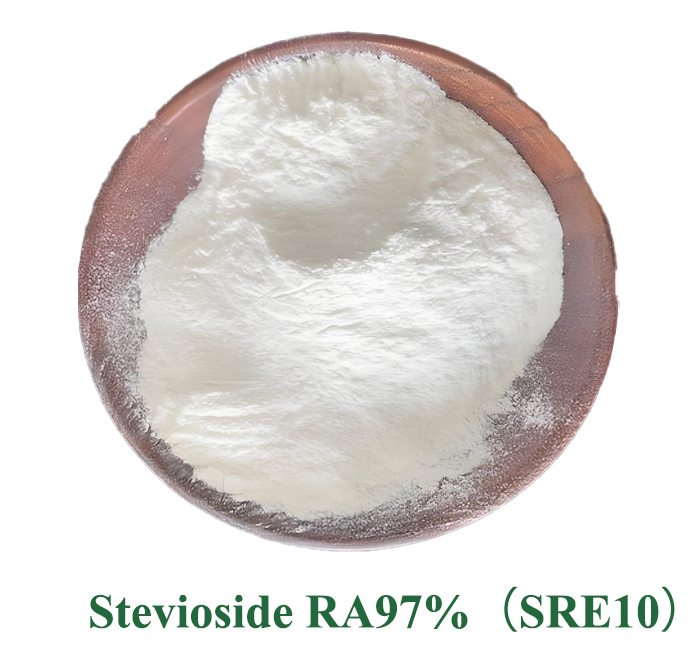
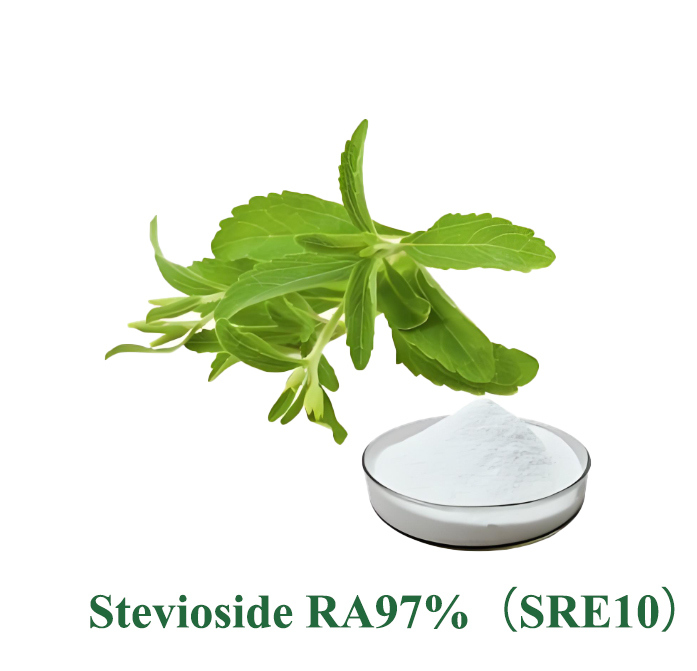
Overall Rating
Rating Snapshot
The following is the distribution of all ratingsAll Reviews